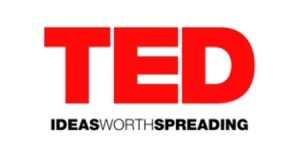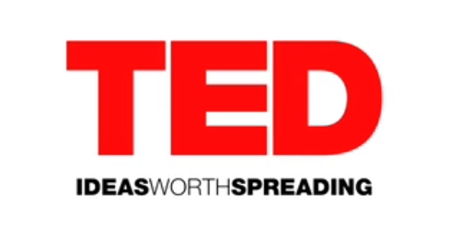We all know that email is a problem these days. We’ve been wading through our inboxes for years, and the flood of messages shows no signs of drying up any time soon. We are receiving more mail than ever, and spending unreasonable amounts of time on the replies and organization.
Over the past decade, numerous companies have sprung up with the intent of developing a solution to make email more manageable. As a result, we now have a solid set of tools and applications at our side that certainly alleviate the pain. But even with all of the tools in the world, email can still be difficult to control and takes up a lot of our precious time.
Chris Anderson, TED’s curator, wrote a blog post in June that offers a different kind of solution to the email quandary.
According to his theory, the underlying issue feeding the email problem is that we take more time to respond to messages than the message took to write originally. We are too often forced to answer open-ended questions, read large blocks of pasted text, and click through various links. And that’s only after we spend the time to scan our inboxes and decide which messages to even open. As a result, a message that only took a few minutes to write can easily suck up much more time for the chain of recipients.
It is in fact a potent ‘tragedy of the commons’. The commons in question here is the world’s pool of attention. Email makes it just a little too easy to grab a piece of that attention. The unintended consequence of all those little acts of grabbing is a giant rats nest of voracious demands on our time, energy and sanity.
The Email Charter
Chris and his colleagues at TED believe that the solution is actually quite simple: everyone must agree to a new set of rules. Chris believes that if everyone could follow these simple email tenants, the problem would alleviate itself. The full set of rules that they came up with can be found on the Email Charter website, but some of my favorites are:
Quash Open Ended Questions – It is asking a lot to send someone an email with four long paragraphs of turgid text followed by “Thoughts?”. Even well-intended-but-open questions like “How can I help?” may not be that helpful. Email generosity requires simplifying, easy-to-answer questions. “Can I help best by a) calling b) visiting or c) staying right out of it?!”
Attack Attachments – Don’t use graphics files as logos or signatures that appear as attachments. Time is wasted trying to see if there’s something to open. Even worse is sending text as an attachment when it could have been included in the body of the email.
Celebrate Clarity – Start with a subject line that clearly labels the topic, and maybe includes a status category [Info], [Action], [Time Sens] [Low Priority]. Use crisp, muddle-free sentences. If the email has to be longer than five sentences, make sure the first provides the basic reason for writing. Avoid strange fonts and colors.
As an email software company, we aren’t convinced that adopting the Charter is an end all answer—but definitely a good start. I think that a mix of improved email habits and smarter email applications can bring about the peace of mind that Chris and the rest of us are looking for.
But the full list is definitely worth a read. Join the rest of the 15,000+ supporters by signing it, and be sure to spread the word on Facebook and Twitter so we can really put the TED idea to the test.

